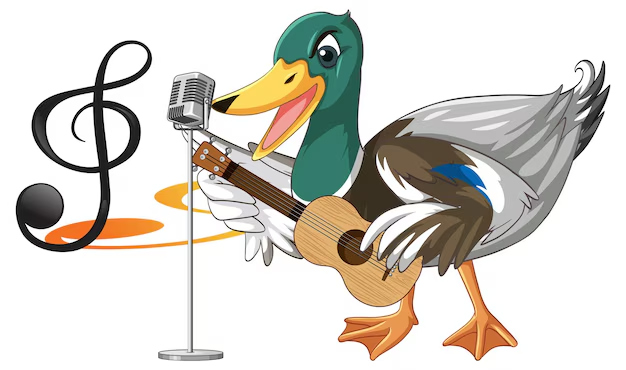Music has the power to transcend words, stir emotions, and evoke vivid imagery. Among the many instruments, the violin stands out as one of the most expressive and beautiful, known for its soulful melodies and the deep emotional resonance it brings to any composition. Yet, how do we describe the beauty of playing the violin? A playful phrase comes to mind: “Il violino è bello se lo suono con l’uccello cento.”
Though this whimsical phrase may leave many puzzled at first glance, it sparks a sense of curiosity and creativity. Could it be a metaphor for something more profound? Let’s explore how this expression could symbolize the intersection of art, nature, and creative freedom.
The Violin: An Instrument of Emotion
The violin is often described as one of the most human-sounding instruments. Its versatility allows it to convey a wide range of emotions, from melancholy to joy. When a skilled musician plays the violin, the instrument seems to sing, expressing feelings that words cannot.
In the phrase “Il violino è bello,” we can recognize the underlying appreciation for the violin’s inherent beauty. Whether it’s the delicate tones of a classical concerto or the rich, passionate notes of a folk song, the violin’s beauty lies in its ability to connect with listeners on a deep emotional level.
Birds and Music: A Natural Harmony
The word “uccello” means bird in Italian, and birds have always had a close connection to music. Their songs often mimic the rhythm and melody found in human compositions. In fact, some classical composers, like Antonio Vivaldi and Olivier Messiaen, have famously drawn inspiration from bird songs to compose their works.
Could “lo suono con l’uccello” suggest playing the violin in harmony with nature? Perhaps this expression is a metaphor for blending the structured beauty of classical music with the freedom and spontaneity found in the songs of birds. Playing the violin with the bird could symbolize finding inspiration from nature, allowing the musician to create something truly unique and beautiful.
Creative Freedom: Breaking Boundaries
What about the number “cento,” which means one hundred in Italian? This might be where imagination comes into play. One hundred could symbolize an abundance of creativity, suggesting that the musician is free to explore countless ways to express themselves through the violin.
In this context, “cento” might represent limitless possibilities. A musician who “plays with the bird one hundred” could be breaking free from conventional techniques, experimenting with new sounds, or even improvising in ways that push the boundaries of traditional music.
This freedom to explore, to take risks, and to embrace creativity without restriction is what allows music to evolve and stay vibrant over time. Whether it’s jazz, classical, or contemporary, great music often emerges when artists dare to step outside the norm and follow their inspiration.
Music and Imagination: A Symbiotic Relationship
Music is not just about technique; it’s about imagination. The phrase “Il violino è bello se lo suono con l’uccello cento” may remind us that the true beauty of music lies not only in its technical execution but in the creativity and vision behind it.
A violinist who plays with the freedom of a bird and the innovation of “one hundred” is one who is able to capture the essence of both structure and spontaneity. It’s a celebration of the marriage between precision and playfulness, between discipline and imaginative freedom.
Conclusion
While the phrase “Il violino è bello se lo suono con l’uccello cento” may have a whimsical tone, it serves as a poetic reminder of the interplay between beauty, nature, and creativity in music. The violin, with its rich emotional depth, is an instrument capable of stirring the soul. But it becomes truly magical when played with the freedom and inspiration that nature offers.
So the next time you hear the sweet, soulful sound of a violin, imagine it being played in harmony with the birds, inspired by a hundred different possibilities. That’s where the real beauty lies—in the boundless creativity and the heart of the musician.
